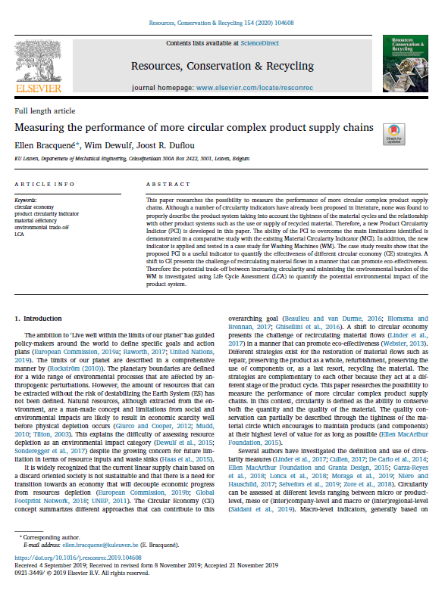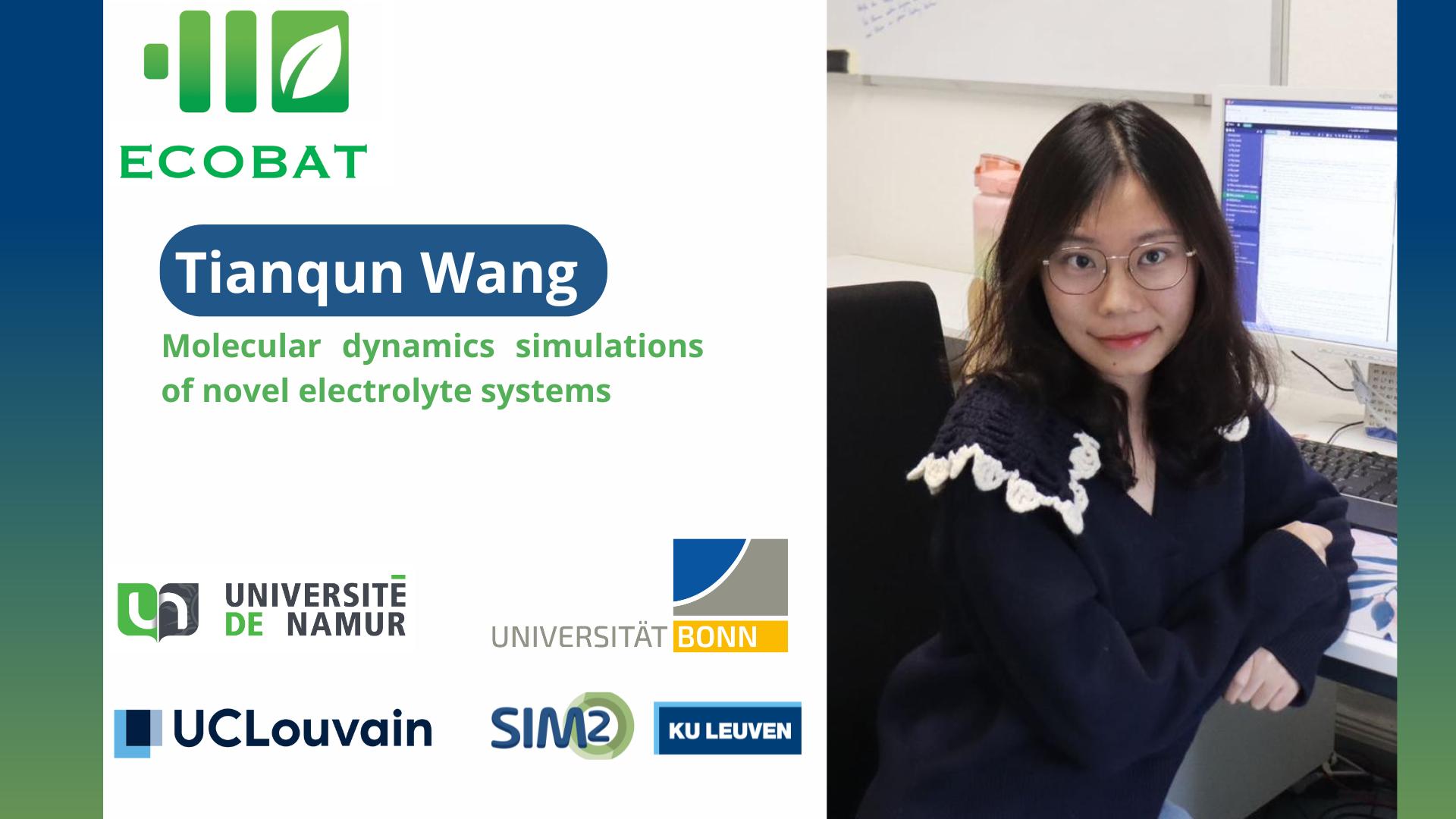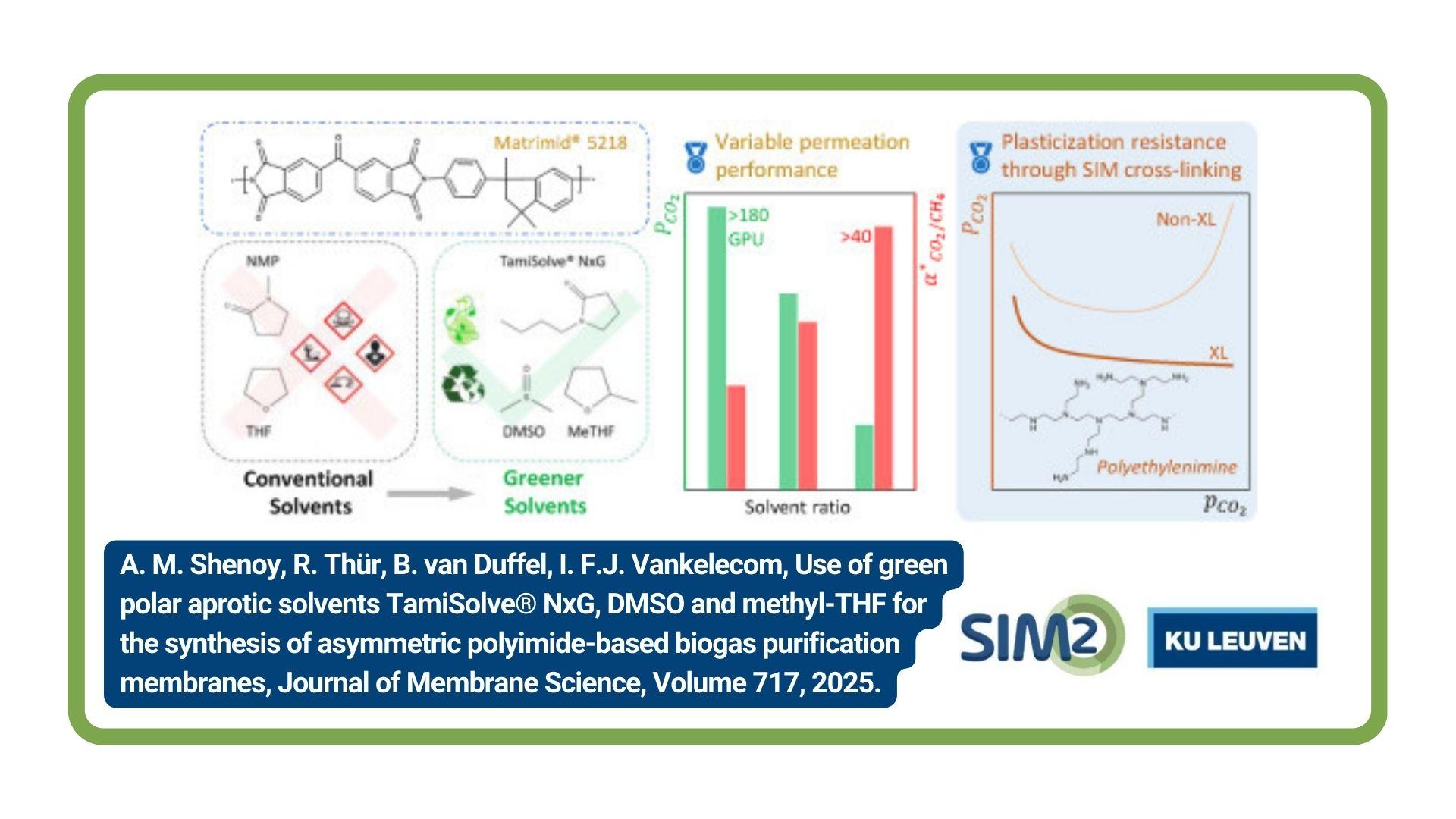The lifecycle engineering (LCE) research group (SIM² KU Leuven) of the KU Leuven has explored a new method to classify cast and wrought aluminium scrap. The presented research is an essential step towards improved metal sorting and recycling. The proposed research developed an efficient method to classify cast and wrought (C&W) alloys in a real-time system using data fusion and transfer learning methods, such as fine-tuning and feature extraction.
As a consequence of the electrification and the increased adoption of lightweight structures in the automotive industry, global demand for wrought aluminium (Al) is expected to rise while demand for cast aluminium will stagnate. With the growing demand for Al, there is an increasing need to develop and improve Al alloys' recycling processes that preserve metal alloys at their highest economic value.
Recycled or "secondary" Al leads to 85% less solid waste, 95% less CO2 emissions and 99% less CO emissions compared to the primary production. Hence, compared to direct Al, secondary Al has a significantly lower impact on various relevant environmental issues, such as resource depletion, greenhouse gas emissions, toxicity, and ocean acidification. Since cast alloys can only be converted to wrought alloys by energy-intensive processes, the most promising strategy to avoid the emergence of excess Al cast alloys scrap is to sort cast from wrought.
Therefore, the presented research develops an efficient method to classify cast and wrought (C&W) alloys. Five CNNs are evaluated to classify C&W alloys using colour and depth images and two transfer learning methods; fine-tuning and feature extraction. In addition, the early fusion and late fusion of colour and depth images of C&W Al are investigated.
Obtained results demonstrate the feasibility of classifying cast from wrought aluminum scrap in a real-time system with a precision of 98% at a capacity of up to 10 ton per hour using data fusion and transfer learning methods.

Complete reference of the paper
Dillam Díaz-Romero, Wouter Sterkens, Simon Van den Eynde, Toon Goedemé, Wim Dewulf, Jef Peeters, Deep learning computer vision for the separation of Cast- and Wrought-Aluminum scrap, Resources, Conservation and Recycling, Volume 172,2021,105685, ISSN 0921-3449, https://doi.org/10.1016/j.resconrec.2021.105685.
More info about the LCE Group
The current research activities of the Life Cycle Engineering Research Group include themes such as life cycle engineering (LCE), product development methodologies, systematic innovation and knowledge management. Recent research was carried out in the area of efficient disassembly techniques to optimise the end-of-life treatment of products; the identification and analysis of energy and resource based environmental and economic improvement potential of manufacturing processes, systematic (biologically-inspired) design as well as in the domain of personalised products through user profiling. LCE is a partner in the KU Leuven Institute for Sustainable Metals and Minerals (SIM² KU Leuven). LCE website: About – Life Cycle Engineering (kuleuven.be)
.png)





